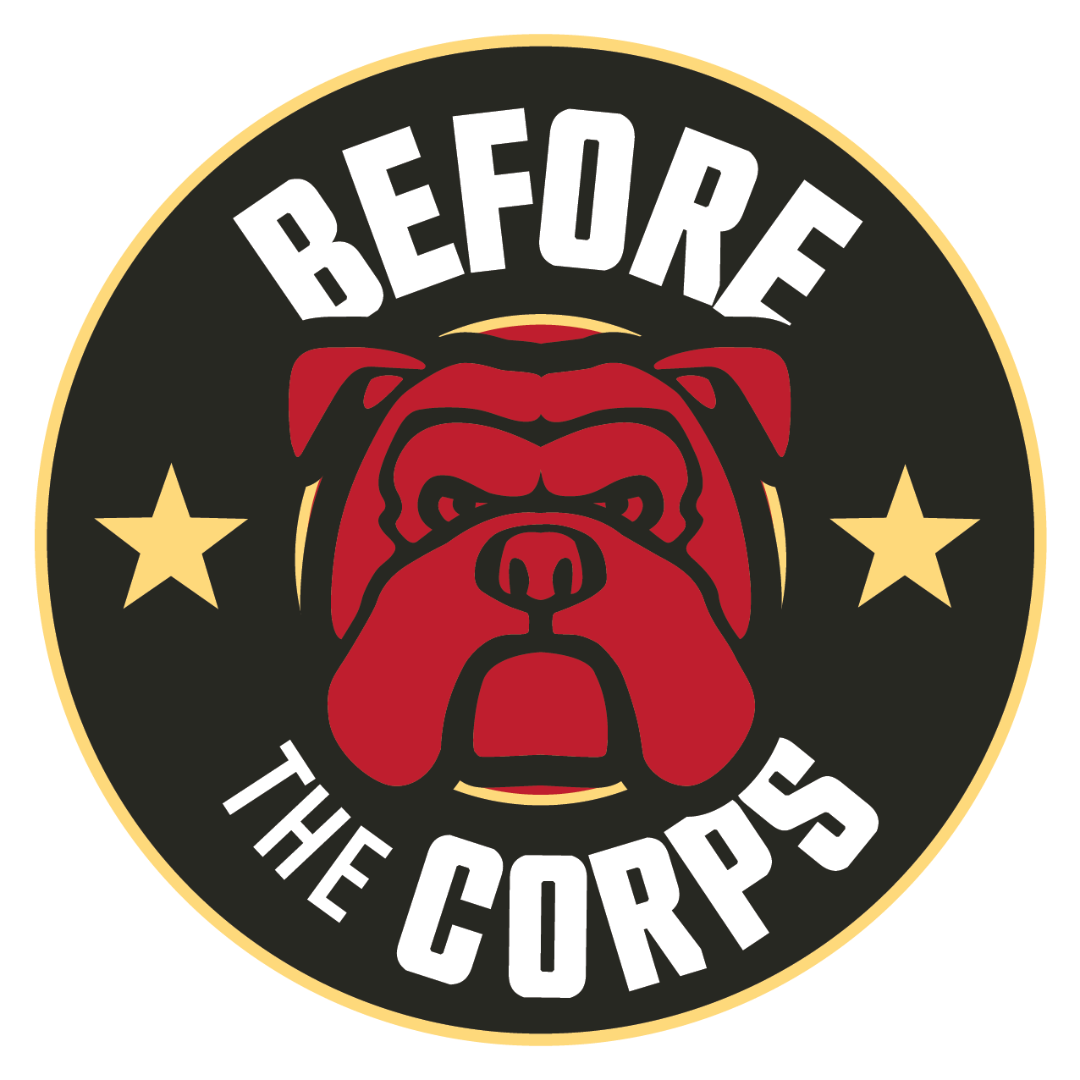The MAGTF - The Premier Combined Arms Team
- Tobias Johnson

- Oct 21, 2021
- 3 min read
The Marine Air Ground Task Force, known better as MAGTF, is the predominant warfighting structure of the United States Marine Corps. The MAGTF is considered a combined arms organization which means combat, logistics, and aviation forces train, deploy, and operate as an integrated team. The overwhelming majority of Marines will find themselves apart of a MAGTF at some point in their careers.

The MAGTF is composed of four major elements. Each is composed of specialized units trained to conduct missions under the greater umbrella of the Marine Corps. Whether direct combat forces or rear echelon support units, each has a critical role to play in winning our nation's battles. The elements are:
Aviation Combat Element (ACE) - This element brings rotary-wing aircraft, fixed-wing aircraft, unmanned aerial vehicles, and aviation ground support units to the fight. Its key missions include close air support, aerial reconnaissance, and assault support. Aviation units are typically known as squadrons, and they operate from bases and ships all over the world. Common equipment includes C-130 cargo aircraft, AH-1 Cobra gunships, and F-35 Joint Strike Fighters.
Ground Combat Element (GCE) - The GCE is composed primarily of infantry, artillery, and reconnaissance units. These are commonly known as battalions. These units provide the punch the Marine Corps brings to the fight, and they operate from bases primarily in the continental U.S. Common equipment includes the Joint Light Tactical Vehicle (JLTV), the M777 Howitzer, and a plethora of small arms.
Logistics Combat Element (LCE) - The LCE supports the aviation and ground elements by providing the variety of logistics functions, commonly known as "beans, bullets, and band-aids." This is accomplished by employing a team of Marines and Sailors to take key supplies and medical support as close to the fight as possible to enable the ACE and GCE to conduct its core missions. Common equipment includes the Medium Tactical Vehicle Replacement (MTVR), Logistic Vehicle System Replacement (LVSR), and a variety of engineer equipment.
Command Element (CE) - The CE is the nerve center for the MAGTF. This led by the most senior officer of the MAGTF and is where all critical decisions are made. It is the smallest element of any force.

There are four types of MAGTF organization. Each serves a template for how the Marine Corps organizes at a moment's notice to complete whatever mission is at hand.
Marine Expeditionary Unit (MEU) - The smallest MAGTF organization. The MEU is most commonly seen embarked on Navy ships around the world poised for contingency operations such as peacekeeping, disaster relief, or full-scale conflict. It is comprised of 2,000-2,500 personnel from across the warfighting elements.
Marine Expeditionary Brigade (MEB) - The MEB is the Marine Corps' intermediary warfighting organization. It is normally composed of around 15,000 Marines and Sailors and can self-sustain itself for 15 days.
Marine Expeditionary Force (MEF) - The largest MAGTF organization. There are four MEFs permanently established at Camp Pendleton, CA, Camp Lejuene, NC, and Okinawa, Japan. The MEF can range in size from 20,000 to nearly 100,000. The last time an entire MEF deployed en masse was the invasion of Iraq in 2003.
Special Purpose MAGTF (SPMAGTF) - This organization is the abnormal one of the bunch. An SPMAGTF is organized to conduct non-standard, specific missions and do not conform to the normal construct of standing organizations. They can be as small as a platoon, or larger than a MEF.








Comments